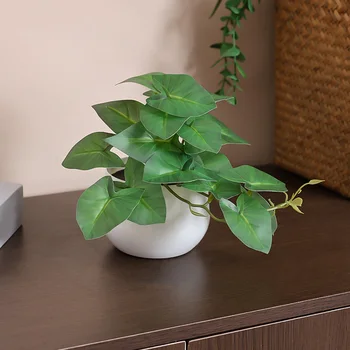Introduction
Is your plant stubbornly refusing to grow, no matter what you do? You water it, give it sunlight, and even talk to it—yet it stays small, yellow, or wilted. A plant not growing can be frustrating, but the good news is that most issues have simple fixes!
In this guide, we’ll uncover the top reasons your plant struggles and reveal proven solutions to transform it into a vibrant, thriving beauty. Whether it’s a lack of nutrients, improper watering, or hidden pests, we’ll help you diagnose the problem and bring your plant back to life.
Ready to turn your sad plant into a lush, green masterpiece? Let’s dig in!
Table of Contents
1. Insufficient Light
Light is one of the most critical factors that can cause plant not growing. Without enough light, photosynthesis slows down, and your plant may struggle to develop new leaves or stems.
Signs of insufficient light:
- Slow or no new growth
- Leggy, stretched-out stems
- Pale or yellowing leaves
- Leaves dropping prematurely
Solutions:
- Move your plant to a brighter location near a window with indirect sunlight.
- Use grow lights if natural light is insufficient.
- Rotate the plant regularly to ensure even light exposure.
Get a grow light on Amazon :
As an Amazon Associate, I earn from qualifying purchases. This helps support the content we create for Greendeskpro at no extra cost to you—thank you for your support!
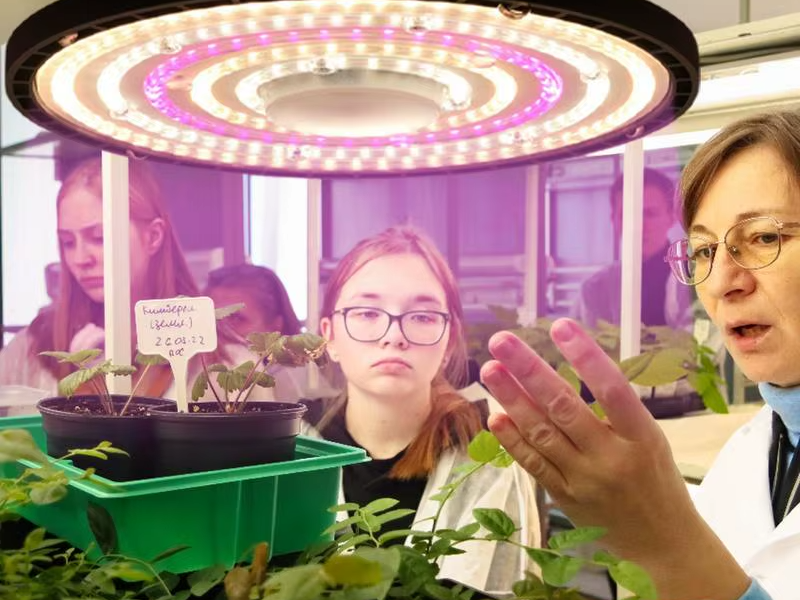
Top On Sale Product Recommendations!
Plant Grow Light Energy-Saving Lights For Plants Indoor Plant Grow Lamp Greenhouse Plant Grow Light LED Plant Lamp Energy-Saving
Price Now: USD 12.67 (Original price: USD 19.79, 36% off)
Click & Buy
2. Overwatering or Underwatering
Watering issues are among the most common reasons why plant not growing. Both overwatering and underwatering can lead to stunted growth.
Signs of overwatering:
- Yellowing leaves
- Wilting despite moist soil
- Root rot (black, mushy roots)
Signs of underwatering:
- Dry, crispy leaves
- Wilting despite dry soil
- Slow growth
Solutions:
- Check the soil moisture before watering. If the top 1-2 inches of soil are dry, it’s time to water.
- Use well-draining soil and pots with drainage holes.
- Adjust watering frequency based on your plant type and climate.
The best recommendation is to choose a self-watering pot. You can try the link below.
3. Poor Soil Quality
Nutrient-deficient or compacted soil can prevent plant roots from absorbing essential elements needed for growth thus causing plant not growing.
Signs of poor soil:
- Hard, compacted soil
- Water is pooling on the surface instead of absorbing
- Yellowing or pale leaves
- Stunted growth
Solutions:
- Repot the plant using high-quality, nutrient-rich potting soil.
- Add organic matter like compost or worm castings to improve soil health.
- Use a soil aerator or gently loosen compacted soil to improve airflow to the roots.
4. Lack of Nutrients
Plants require essential nutrients to grow. A lack of nitrogen, phosphorus, or potassium can significantly impact plant not growing and development.
Signs of nutrient deficiency:
- Yellowing leaves (lack of nitrogen)
- Purple or reddish discoloration (lack of phosphorus)
- Weak stems and poor root development (lack of potassium)
Solutions:
- Use a balanced fertilizer (10-10-10 or 20-20-20) to provide essential nutrients.
- Apply organic fertilizers like fish emulsion, compost, or seaweed extract.
- Follow a feeding schedule based on your plant’s needs.
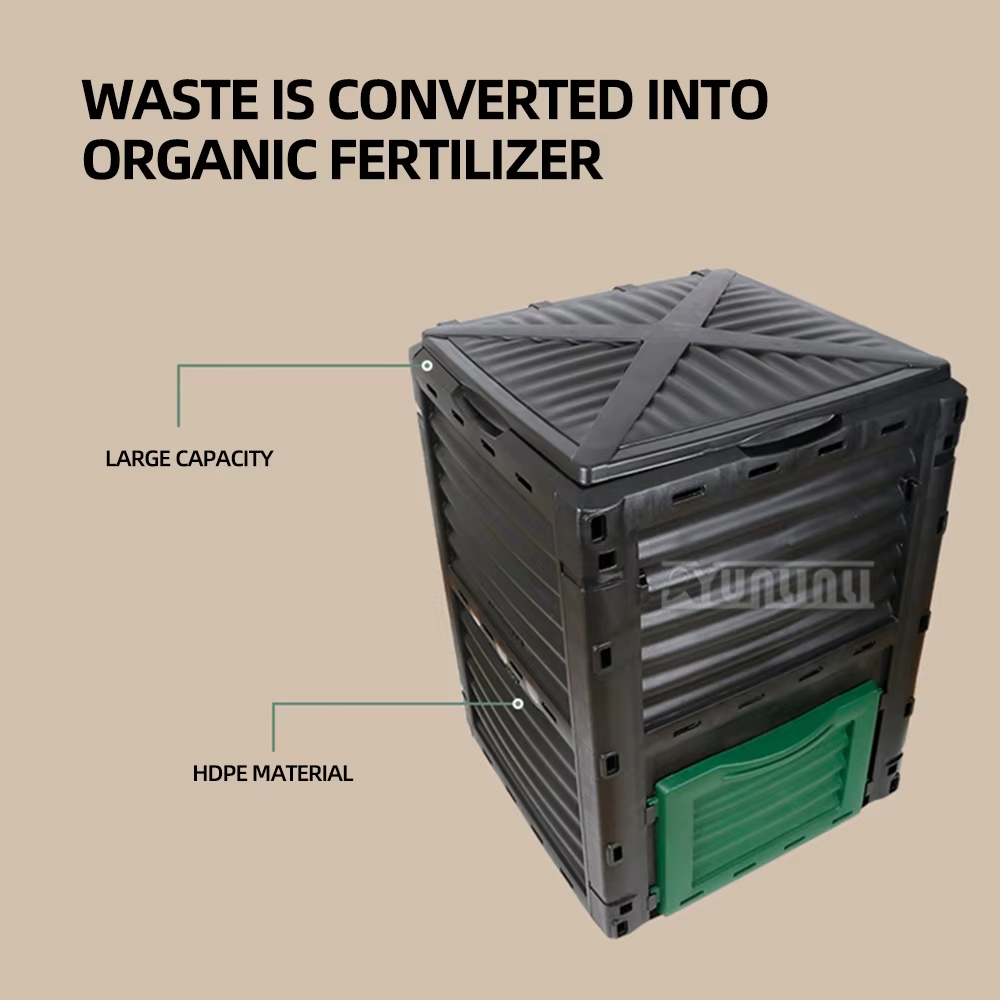
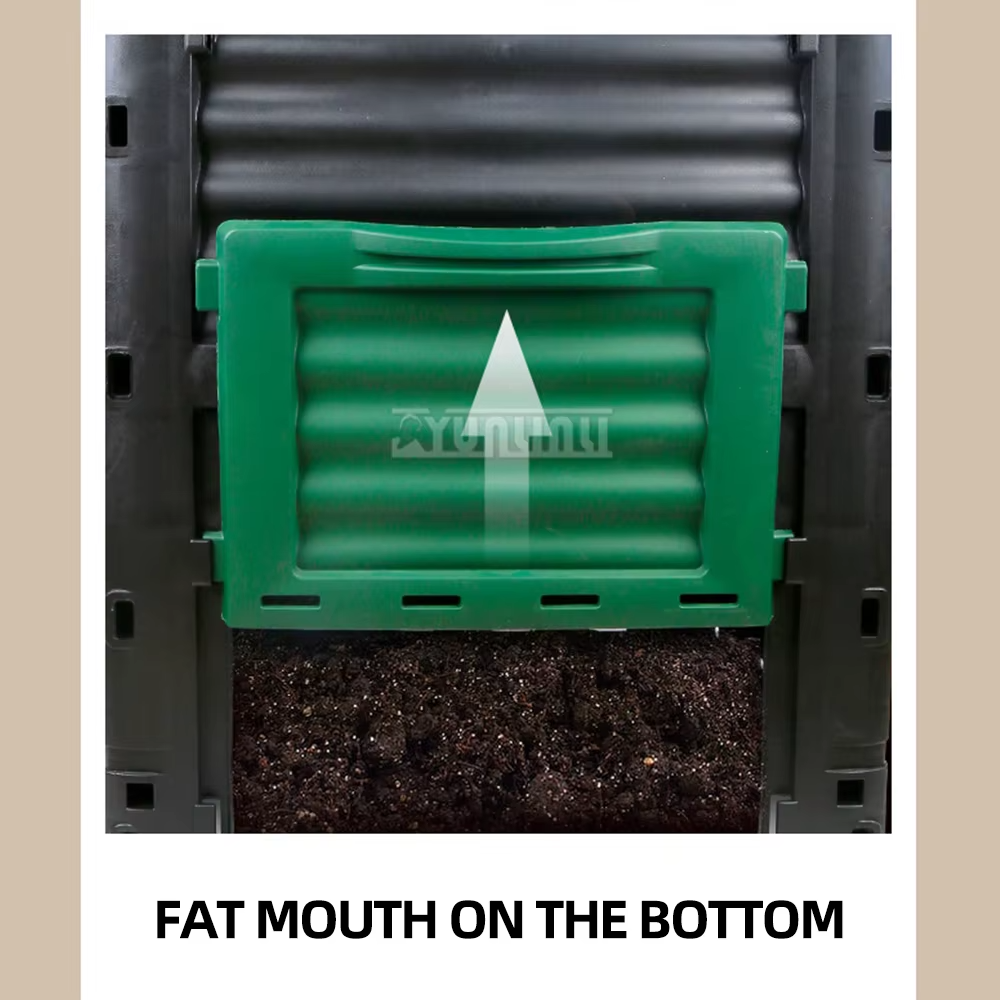
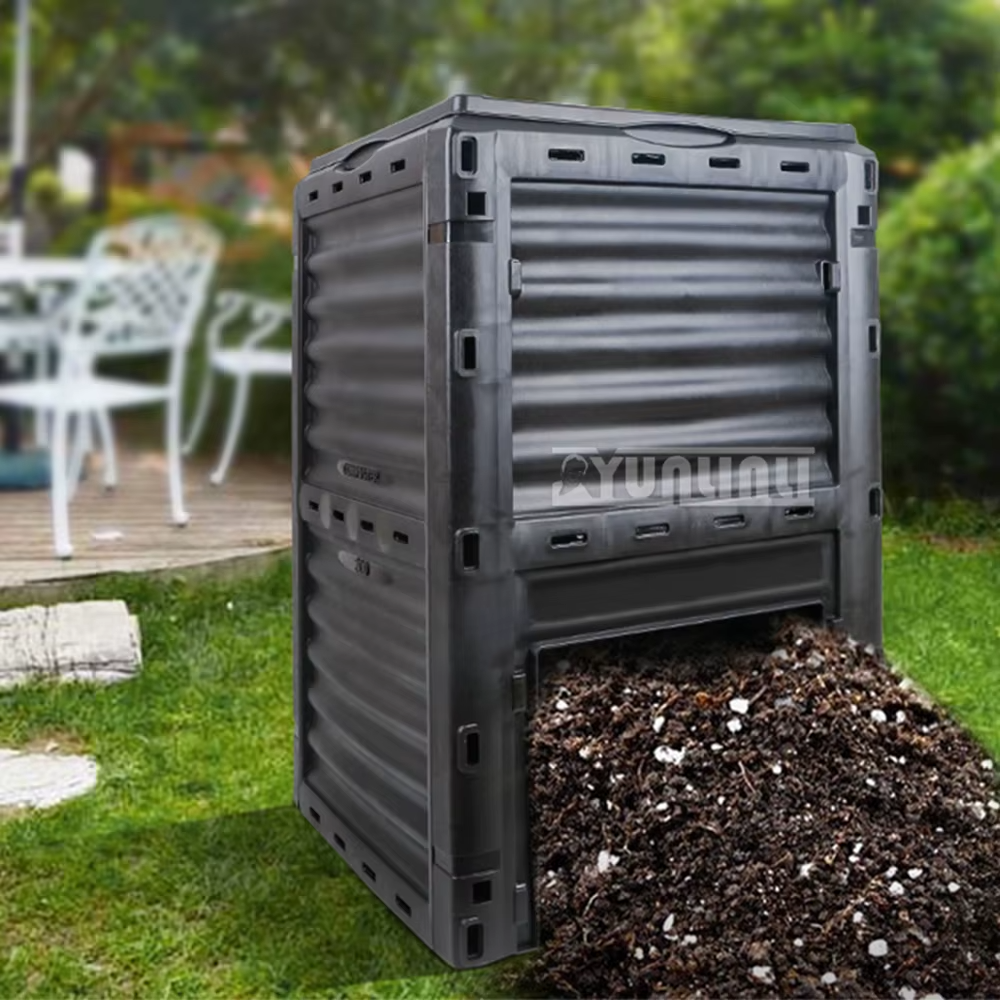
Top On Sale Product Recommendations!
300L Compost Bin Garden Courtyard Composting Box Leaves Organic Fertilizer Fermentation Tank Kitchen Garbage
Price Now: USD 26.42 (Original price: USD 38.29, 31% off)
Click & Buy
5. Root-Bound Plant
plant not growing can happen When a plant outgrows its container, roots become tangled and restricted, preventing proper nutrient and water absorption.
Signs of a root-bound plant:
- Roots growing out of drainage holes
- Stunted growth
- Soil dries out too quickly after watering
Solutions:
- Repot the plant into a larger container with fresh soil.
- Trim excess roots before repotting to encourage new root growth.
- Choose a pot with proper drainage to prevent waterlogging.
6. Pests and Diseases
Pests like spider mites, aphids, and fungus gnats can damage plants, slowing their growth. Fungal and bacterial infections can also cause plant not growing.
Signs of pests or disease:
- Visible insects on leaves and stems
- Holes, discoloration, or sticky residue on leaves
- Wilting or black spots on foliage
Solutions:
- Inspect plants regularly for pests and remove them manually.
- Use neem oil or insecticidal soap to treat infestations.
- Prune diseased leaves and improve air circulation to prevent fungal infections.
7. Temperature and Humidity Issues
Extreme temperatures and incorrect humidity levels can stress plants, leading to plant not growing.
Signs of temperature or humidity stress:
- Leaf curling or wilting
- Brown leaf tips
- Slow growth
Solutions:
- Keep plants in a stable environment with temperatures suited for their species.
- Increase humidity with a humidifier, pebble tray, or misting (for tropical plants).
- Avoid placing plants near heaters, air conditioners, or drafty windows.
8. Seasonal
plant not growing could naturally be slow down or stop growing during certain seasons, particularly in winter.
Signs of dormancy:
- Little to no new growth
- Dropping leaves
- Reduced water absorption
Solutions:
- Reduce watering and fertilization during the dormant period.
- Be patient, growth will resume when the plant’s active growing season returns.
- Provide adequate but indirect light to support slow growth.
9. Incorrect pH Levels
Is your plant not growing no matter how much you water or fertilize? The problem might be hiding beneath the surface—your soil’s pH level could be locking away essential nutrients!
Most plants thrive in slightly acidic to neutral soil (pH 6.0–7.0). If the pH is too high (alkaline) or too low (acidic), your plant can’t absorb nutrients properly even if they’re present in the soil.
Signs of incorrect pH levels:
- Yellowing leaves
- Stunted growth despite fertilization
- Poor overall health
Solutions:
- Test soil pH using a soil testing kit.
- Adjust pH with lime (to raise pH) or sulfur (to lower pH) as needed.
- Use soil amendments like peat moss or compost to balance pH naturally.
10. Chemical Exposure
Did you know that everyday household cleaners, pesticides, and chemical sprays could be secretly sabotaging your plant’s growth? If your plant is not growing despite proper care, toxic chemical exposure might be the invisible culprit.
Many common products like glass cleaners, disinfectants, synthetic fertilizers, and pest sprays contain harsh ingredients that can lead to plant not growing.
Signs of chemical damage:
- Leaf spots or burns
- Wilting
- Sudden leaf drop
Solutions:
- Avoid using harsh chemicals near plants.
- Rinse leaves if they come into contact with any chemicals.
- Use organic and plant-safe cleaning products.
Conclusion
plant not growing, don’t panic! Identifying the underlying issue is the first step toward reviving it. By ensuring proper light, water, nutrients, and growing conditions, you can encourage healthy plant growth and prevent future problems. Regular care, observation, and adjustments to your plant’s environment will help it thrive.
Still struggling with a plant not growing? Drop a comment below and let’s troubleshoot together!

